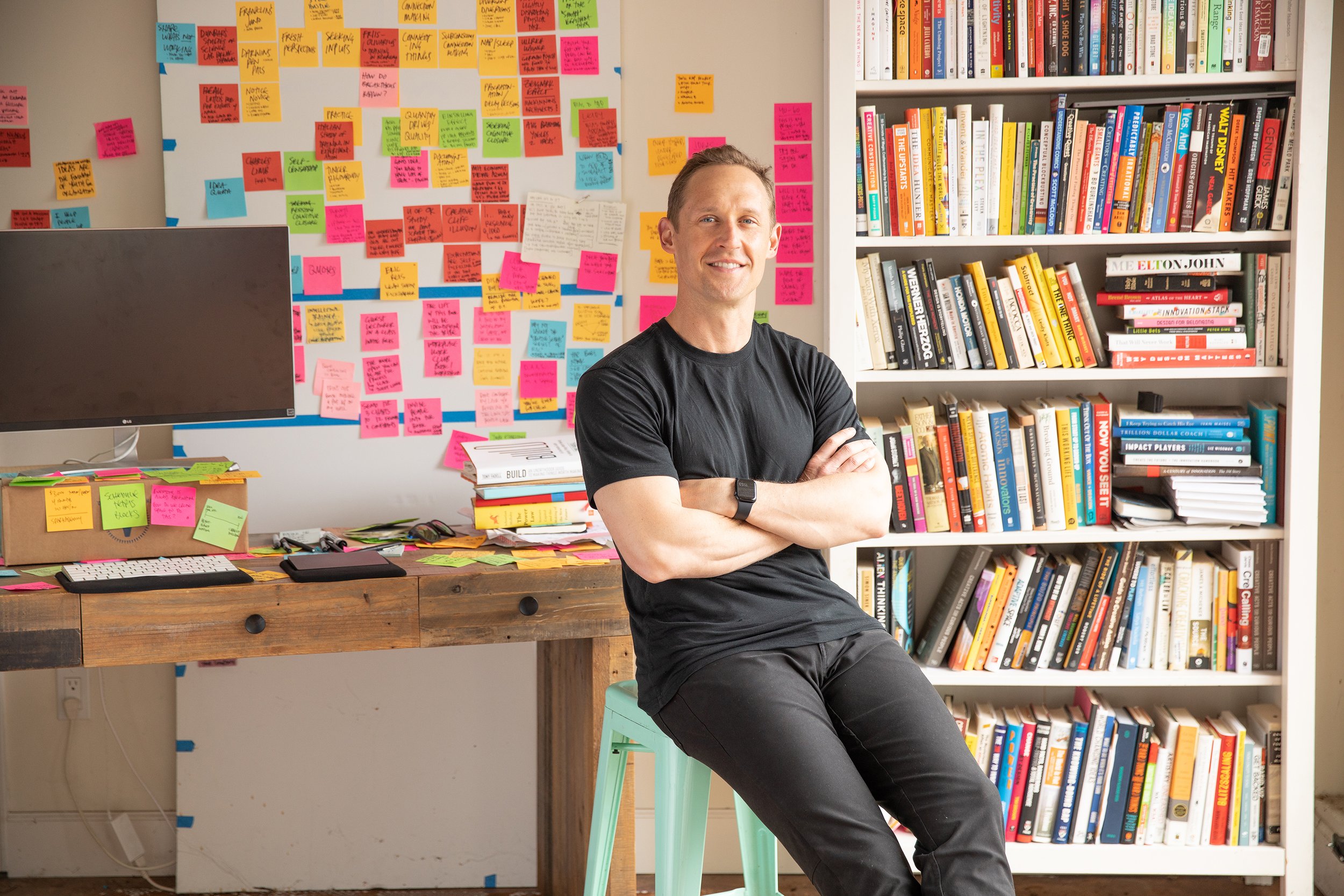
Methods of the Masters
A blog on the art & science of creative action.
Make It To Make It Better
Philippe Barreaud, Head of Michelin’s Customer Labs, has a hard-won portfolio of insights from leading global innovation for 20+ years. Here, he revels in the paradoxes of prototyping as a toolkit.
Decompartmentalize
One of the most trajectory-shifting inputs for Phoebe Yao’s start-up came when she least expected it: not during a mind-blowing mentor meeting arranged by a VC, but in a chance encounter with a friend in the park.
The Problem With Solving Problems
I had the privilege of thinking alongside the brilliant Kim Scott, and shared some insights on her “Radical Candor” blog. Re-posting here with her permission. Feedback welcome!
Look for What’s Right
The definition of “genius” changes as teams shift between convergent and divergent modes — and what gets rewarded should, too.
Host A Shoot Out
Rick Rubin is one of the most successful music producers of all time, in any genre. His has more in common with technology innovators like Steve Jobs than some fans might suspect.
Don’t Abandon Your Idea Just Yet
Early stage founder gets devastating feedback on a rough concept pitch. What should she do? Don’t give up quickly! Make small tweaks before making big pivots.
Don’t Avoid Failure
What if eliminating failure reduces the likelihood of a breakthrough? There’s lots of research that suggests that’s the case.
Cultivate Broad Correspondence
Charles Darwin wrote an astounding 15,000 letters to over 230 collaborators across more than 10 different scientific fields. He understood the value of sharing partially-formulated ideas.
Set Obscene Deadlines
Some of the most creative people I know — from Lin Manuel-Miranda to Whitney Burks — share a common, creative secret: “obscene, ostentatious deadlines.”
Delay Decisions
One of the most famous studies of creativity was conducted by a former spy-master. The insights he pioneered about productive, effective creativity never cease to surprise…
Keep The Night Watch
B.F. Skinner’s strict working habits reveal not only how he became such a prodigious writer, but also how he became such an inventive researcher: he made the most of his nights!
Keep A Junk Pile
How do you increase the velocity of experimentation? According to Thomas Edison, “To invent, you need a good imagination and a pile of junk.”
Make Scrappy Experiments
Innovators from Edison to Netflix teach us that while every innovator should know how to craft clever experiments, yet one clever experiment is hardly sufficient… you’ve got to get scrappy.
Commission A Portfolio
We tell students at Stanford to create portfolios of early stage directions for a simple reason: it increases the likelihood of success. Research shows that we’re unlikely to select our highest-potential idea.
Encourage Youth to Explore
A theme has emerged in my study of breakthrough thinkers: the role that parents play in shaping aspirations. Breakthrough parents plant bold dreams in their kids’ hearts!
Have Lots More Ideas
Linus Pauling succinctly describes the essence of productive creativity: “The best way to have a good idea is to have lots of ideas.” Sounds simple enough. But just how many is “lots”?
Be Scientific
Entrepreneurial endeavors are fraught with risk. Rigorous, scientific experimentation is the best way to resolve the uncertainty.
Strengthen Your Memory
In her legendary memoir on writing and life, Anne Lamott shares a simple but crucial tip for avoiding one of the worst feelings that can ever befall an individual in the midst of creative pursuit.
Buck Convention
Plato, Newton, and Einstein all demonstrate that, when you’re on the brink of ushering in a new era, you’ve got to be willing to resist well-intentioned opposition.
Host A Listening Party
Bon Jovi took an unconventional approach to deciding which tracks to include on their third album. We should all be glad they did.




















